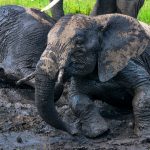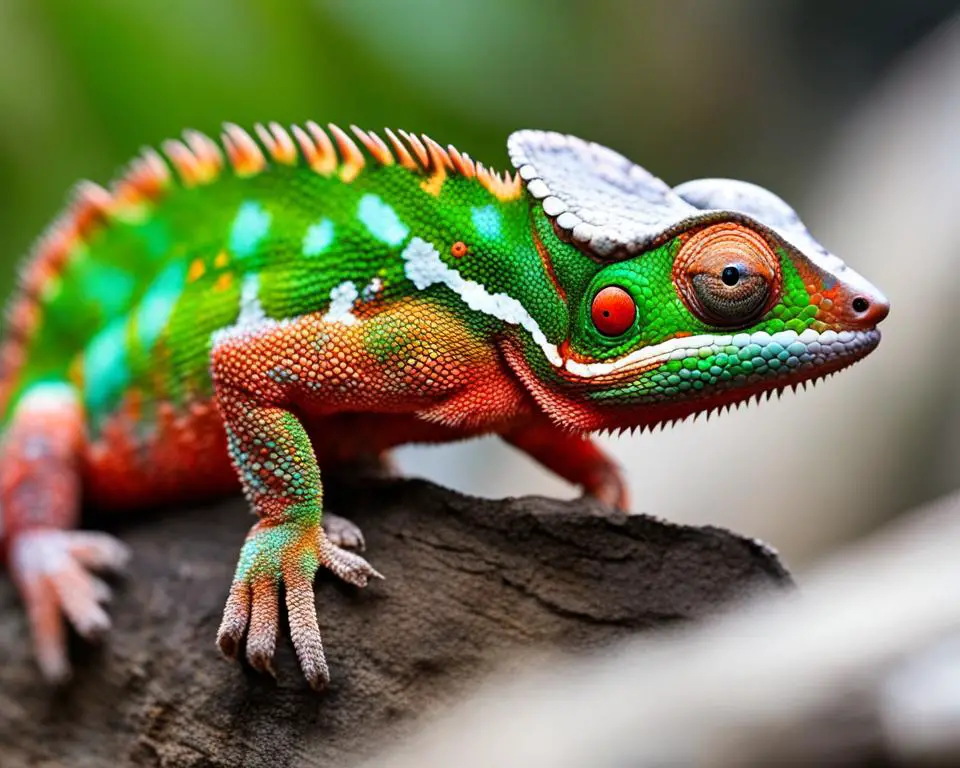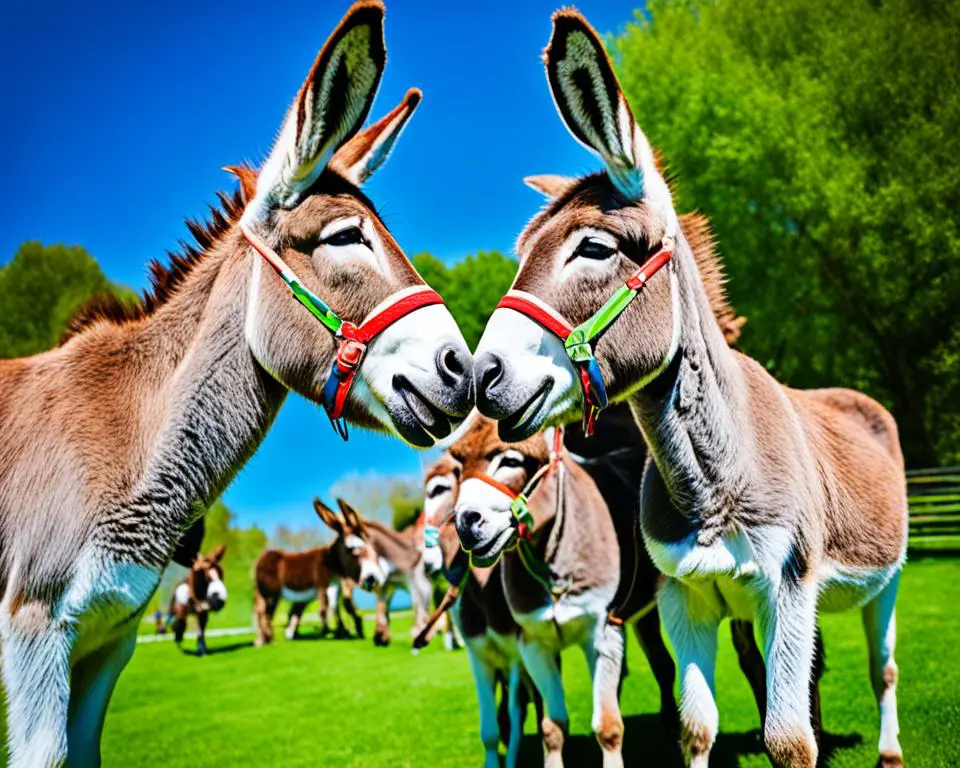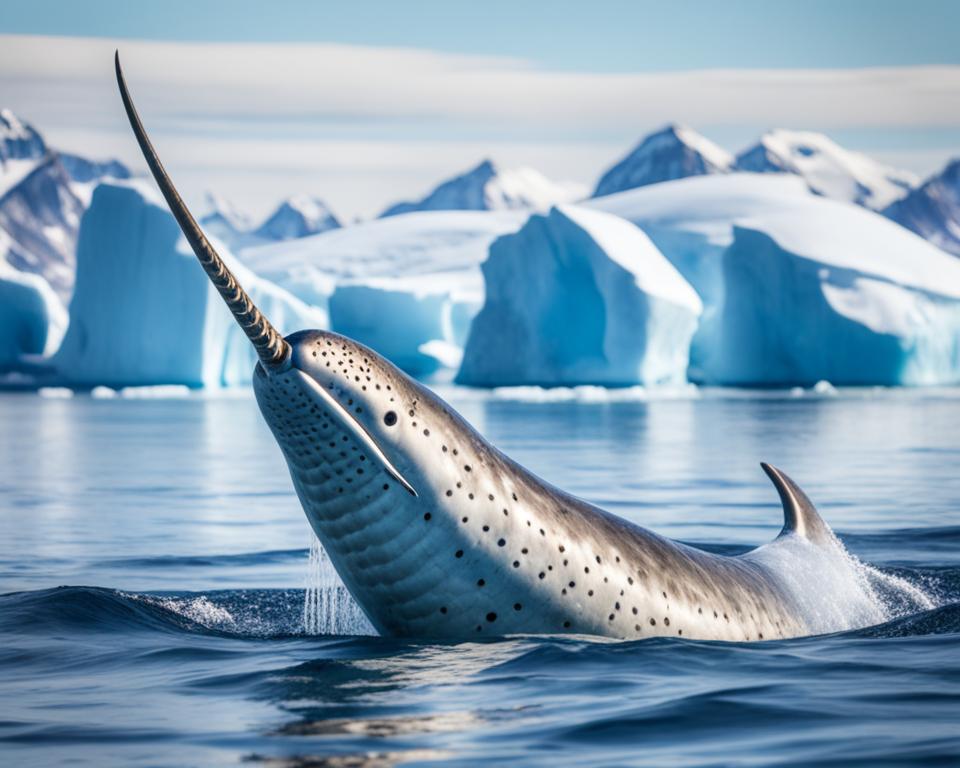Elephants aren’t like most mammals with a thick coat of fur – they have sparse hairs dotted around their body instead. Elephants are mainly bald if you like?
Why Do Elephants Have Hair Or Fur?
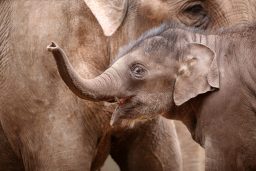
The typical mammal is a quadruped animal with 2 eyes, 2 ears, a tail, and who is covered in hairs – or fur. Fur is just a type of hair category in a way. Animals are often categorized by the amount and type of hair they have – and it changes without good reason either way.
Having a lot of soft, often fluffy, hair is always called ‘fur’. Foxes, skunks, mink, and bears all have fur and if they didn’t smell terrible or have sharp claws – you would certainly want to cuddle them because of it. This is why we have cats and dogs as pets – that fur is often something that wins our heart over!
If their thick coat is too rough to touch though – like a badger or wild boar – then the fur isn’t used at all: ‘furry’ becomes ‘hairy’.
Even though they are coated from head to toe in hairs – they are not soft to touch at all. But it is your own definition really; some would say a lion was hairy – others still count them as furry? Mind you – not sure how many people get to stroke one to find out?
Humans though are mainly hairless – and where the body is covered in what is mainly visible skin (or hide) with sparse or few coarse short hairs – these mammals are often described not as furred – but as ‘having hair’. Horses, zebras, cows, pigs, and giraffes are all classed as having hair for this reason. And neatly fitting into this fleshy appearance with sparse hairs – comes the elephant.
Do Elephants Ever Need To Keep Warm?
If elephants don’t have any fur – how do they stay warm in cool weather?
We always assume that fur is for warmth as we see it on so many animals in temperate regions – so how do animals without thick fur stay warm?
Well, depending on the animal and climate – it varies. It can be by staying in a warmer climate; burning and using energy more efficiently; losing heat less rapidly, and storing up a layer of fat under the skin. And the elephant does all of these.
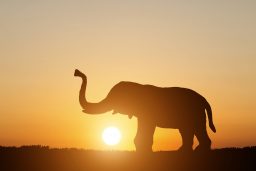
Living in the tropics, elephants tend to have more trouble staying cool rather than needing to warm up. However, in heavy rain or in zoos in cold places – temperatures can really drop. Many zoos have heated indoor areas for them – but those who aren’t so lucky – have to use their highly-efficient blood vessels to restrict heat loss.
Elephants are one of the examples from school about high surface area to volume ratio. As the elephant is so big in size – it has a lower surface area (less skin than insides). The heat generated within the body has a hard time getting out because of this – making it more energy-efficient. The opposite would be a mouse – who has much more skin (surface area) than body mass. They can lose heat all over and at a fast rate and so need to eat more all the time to stay warm.
Do Rhinos and Elephants Have Similar Types of Hair or Fur?
Rhinos’ hair versus fur! answered. Rhinos and elephants may seem similar, but when it comes to their hair or fur, there are significant differences. Rhinos have coarse, stiff hair-like structures called bristles, while elephants have thick, wiry, and bristly hair. Both serve different purposes, with rhinos using their hair for sensing and elephants relying on it for regulating body temperature.
How Do Elephants Stay Cool?
Well, we all know the main way that elephants stay cool – and they are great to watch!
Firstly – they flap those big old ears. The huge surface area of the ears allows the warm blood within the body to be passed close to the surface of the body and ‘lost’ out through the skin. Most mammals can’t sweat like humans – and so have to lose heat in a variety of other ways – and this ear flapping is one of the most obvious. Ear flapping doesn’t work for most animals because they don’t have the specially-designed blood vessel network within them to dissipate so much extra heat. But the elephants have got it nailed.
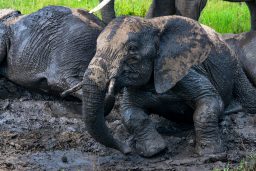
Secondly – they take a bath! Now, we all know that allowing moisture to evaporate off the skin cools it down (remember back to the ‘latent heat of evaporation’) – so elephants regularly spray themselves with water – or wet mud. Where they can, they also dunk themselves underwater as a refreshing change.
Although the mud might not look as appealing – it has a dual purpose: Not only does the mud stick on the skin and protect it from the sun’s rays – it also forms a thicker layer – a crust – which can help deter biting insects.
Mud baths all round them please!





